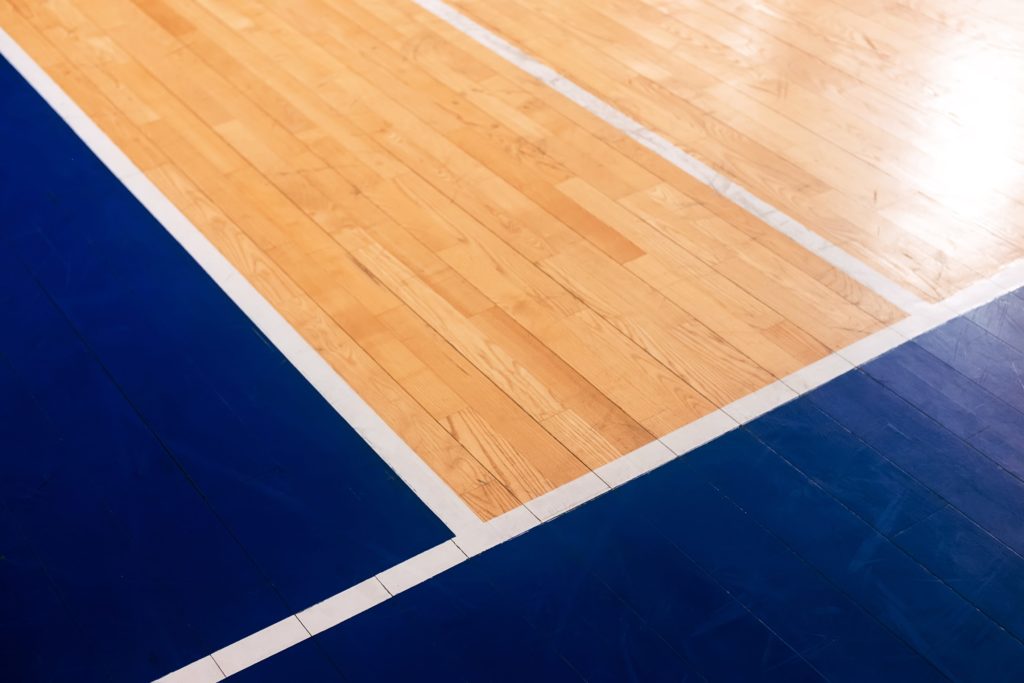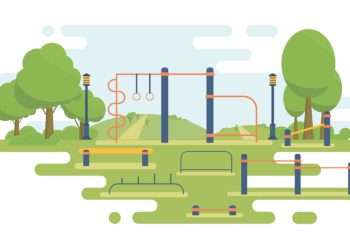
Natural, character, versatile, strong and wear-life are words oftentimes used to describe hardwood flooring. Add hygroscopic to that list. Hygroscopic describes materials that naturally absorb and release moisture in relation to its surrounding environmental conditions.
As a hygroscopic material, hardwood flooring releases moisture during the winter months when humidity is low. The opposite is true during the hot summer months – hardwood flooring absorbs moisture when humidity is high. The content of moisture in wood when absorbing or releasing it in relation to surrounding air-borne humidity is called, you guessed it, “wood moisture content.” As the wood moisture content level decreases or increases, it can result in the shrinkage or expansion of the hardwood flooring.
This is a good time to add another word, “equilibrium,” to the mix. Equilibrium is the point when wood moisture is in balance with surrounding temperature and relative humidity (RH). For example, hardwood flooring fully acclimated to 70°F and 35 percent RH equalizes to 6.9 percent wood moisture content. When it’s fully acclimated to 70°F and a higher humidity level of 50 percent RH, the hardwood equalizes to 9.2 percent wood moisture content. Charts are available showing wood moisture content based on temperature and RH.
The ideal, or most comfortable, range for indoor environments is 35 to 50 percent RH. The Maple Flooring Manufacturers Association (MFMA), the authoritative source of hard maple flooring, requires its member manufacturers use kiln dried lumber with a 6 to 9 percent wood moisture content to manufacture their wood flooring. Therefore, the wood moisture content of MFMA wood flooring when milled is within spec, 6 to 9 percent, and fits within the equalized value for the optimum range of relative humidity, 35 to 50 percent.
Facilities in a large part of the country can maintain the recommended range of 35 to 50 percent average RH. If you live in the dry southwest or in a humid southern coast location, this may be more of a challenge. If you live among the cacti, your facility may have a range closer to 20 to 35 percent average RH with wood moisture content averaging 5 to 7 percent. If you have alligators in your neighborhood, your facility may have a range closer to 50 to 65 percent average RH with wood moisture content averaging 10 to 12 percent. Different, but the same.
Here’s the different part:
- A contractor in North Judson, Indiana, is likely to install maple flooring at 7 to 9 percent wood moisture content.
- In Elko, Nevada, where flooring is likely, a contractor installed at wood moisture content of less than or equal to 7 percent.
- Compare this to Gainesville, Florida, where flooring is likely installed at wood moisture content of greater than 9 percent.
Here’s the same part:
- Experienced athletic flooring contractors install flooring in relation to anticipated peak wood moisture content when in equilibrium with expected average peak humidity.
- The facility’s region and available mechanicals factor into determining peak humidity and related wood moisture content.
- The flooring contractor has no control over the eventual range between average peak and average low humidity conditions and related dimensional change.
- A 15 percent range of average humidity is recommended for limited seasonal shrinkage and growth for all applications.
Remember: hardwood floors perform best when exposed to a stable environment, no matter where you live, work and play.
By Randy Randjelovic, the technical advisor at Aacer Sports Flooring. Randjelovic is an active member and panel participant of several industry associations. For more information, call 877.582.1181 or email randyr@aacerflooring.com.










